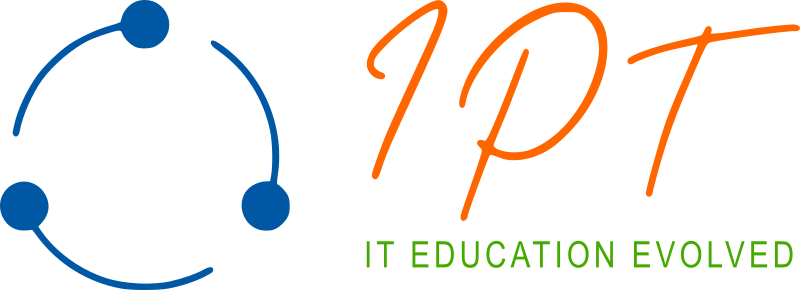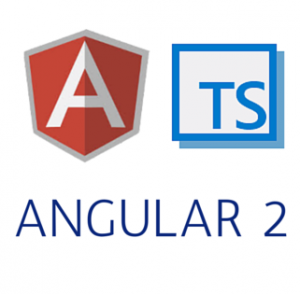During the last month IPT successfully completed two corporate trainings on Angular 2 + TypeScript technologies:
- Angular 2 + TypeScript Web App Development
- Angular 2 + Java Web Programming: HTTP, Servlet 3.1, JSP, JSF 2.2, AJAX, JAX-RS REST, WebSocket, JavaScript, Bootstrap, Angular 2
Angular 2 went in Beta only 4 months ago, but it becomes most popular client-side MVW (MVC, MVP, MVVM, MV-Whatever-You-Want 🙂 ) framework. Angular 2 builds on success of AngularJS, but is significantly more efficient. Probably it is the fastest client-side rendering framework as you can see from the blog for performance benchmarking of Angular 2 vs. Angular 1 vs. Facebook React: http://info.meteor.com/blog/comparing-performance-of-blaze-react-angular-meteor-and-angular-2-with-meteor. Angular 2 renders big component trees initially 10 times faster than Angular 1, and it is hundreds times faster in subsequent renderings.
The first course provides in-depth study of state-of-the-art JavaScript (ES 5 & 6), TypeScript and MVW (MVC, MVP, MVVM) Angular 2 JS/TS framework for rapid development of modern, mobile-first, responsive single-page applications that are easy to extend and maintain in long run. It focuses on JavaScript Design Patterns (Object Inheritance, Module, Observer, Decorator, Singleton, Command, etc.), TypeScript (lambdas, interpolating strings, promises, interfaces, classes, constructors, encapsulation, inheritance, modules, typings, etc.) and Angular 2 (modules, components and life-cycle events, views and templates, routing, metadata, data binding and reactive event processing with RxJS, services, directives, dependency injection, pipes, async processing).
The second course combines introduction to Angular 2/ TS client-side MVC with REST service implementation (JAX-RS in Java EE 7), server-side component-based applications using Java Server Faces (JSF), and Object-Relational Mapping (ORM) to database with Java Persistence API.
Advanced practices like JS zones, Shadow DOM, lazy loading of route components, hot module replacement, advanced routing (auxiliary roots – paired states), and web workers were also discussed during the courses. And of course there were plenty of practical component examples and bigger integration projects. You can find more information and code @ GitHub repos:
- https://github.com/iproduct/Course-Angular-2
- https://github.com/iproduct/ipt-course-java-web-angular2



